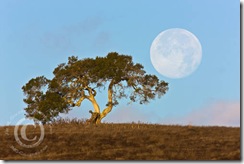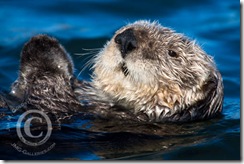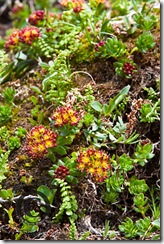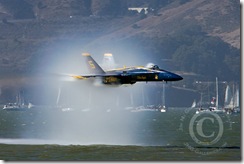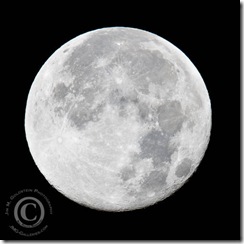Slmz…
Rase dh lama sgt2 x update ttg DSLR news..hu3..
So 2day nk update sket ttg my luv DSLR…hu3
1. Front Light:
Place your subject facing the light. Shoot facing your subject with your back to the light. The light will brightly illuminate your subject, bringing out stunning catchlights. Take note: if the light is too bright for your subjects eyes, simply have them close thier eyes until you are ready to snap the shot - and make that moment count.

2. Side Light:
Turn your subject so that only one shoulder is facing the light. Then turn thier face 3/4 degrees into the light. This side angle will give you soft transfer edges between the highlights and shadows. This lighting will also add depth to your portrait. Shoot facing your subjects lit shoulder. 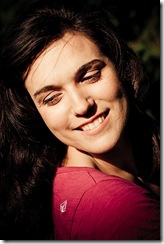
3. Back Light:
For a most unique and artistic shot, place your subject with thier back to the setting sun. On Manual mode, overexpose the portrait so your subject is evenly lit. Remember this will cause your background to be overexposed and your highlights will be blown out. 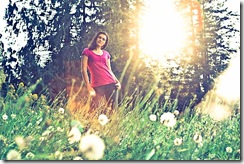
4.Rim Lighting
When light comes in at an acute angle it can create highlights along the edges of your subject. The stark contrast that it provides highlights shape and form. This type of lighting adds impact to macro, wildlife, nature and fine art nude photography
.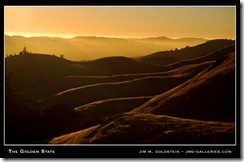
5.Ambient Light
Ambient light is non-direct soft lighting that often is bounced from one surface to another. As a result of the non-direct lighting, brightness of your subject is lower than with other types of lighting. In fact this type of lighting often tricks people the most as we seldom think about it consciously. Most photographers might just ignore it looking for other types of lighting. Ambient light works well for a variety of photographic genres particularly landscape photography.
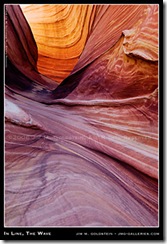
6.Soft or Diffuse Light
Soft light is diffuse providing lighting that is even. This type of lighting reduces contrast and minimizes shadows. Soft light is excellent for portraiture, macro, and nature photography.

7.Hard Light
Hard light is quite direct and can often be intense in brightness. This type of lighting creates strong shadows and high contrast. Highlights can be quiet intense under Hard lighting conditions so special care should be made with ones exposure. Hard light can be stylistically applied to most any photographic genre, but for many eyes it can be less appealing than other types of lighting.
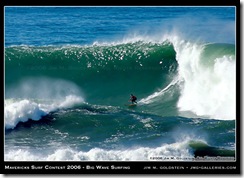
8.Spotlight
Very simply Spot Light is when a focused amount of light highlights a particular section of your subject or scene. This type of lighting can create strong shadows and contrast. Spot light can add dramatic impact to all genres of photography.
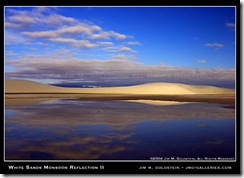
9.Artificial Lighting
The most obvious type of lighting is Artificial lighting. This can be generated from a variety studio lights, and built in or external flash units. There are few genres of photography that Artificial lighting cannot be used successfully. Artificial lighting provides a lot of flexibiltiy and creative opportunities. If interested in learning more about artificial lighting techniques check out the Strobist web site
.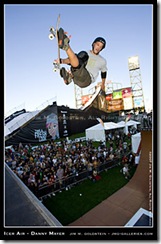
10.Various Combinations of Lighting
Lastly there is the combination of any or all of these types of lighting. There is no rule that states you have to live with just one form of lighting. Creatively lighting your subject is an integral part of the photographic process.
Now that these various types of lighting have been called out, as you look at photos you like or as you go out to take new photos, keep this information in the back of your mind. Ask yourself what is the lighting that makes this image I’m viewing or about to take so appealing? Study and learn the lighting and soon you’ll find this knowledge filtering into your work both consciously and unconsciously. Setting up and/or finding the right light will help you accentuate your subject and create images with greater impact.
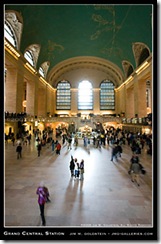


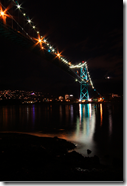
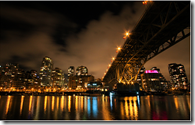

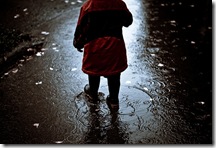
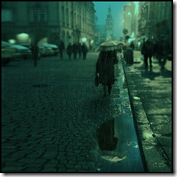
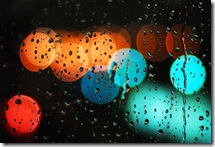
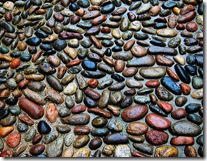

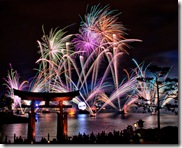
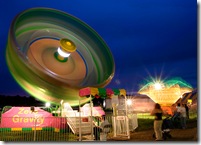
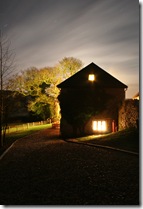
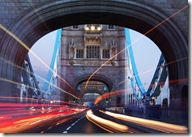
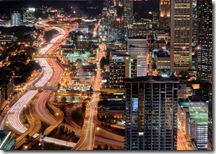
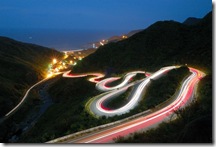


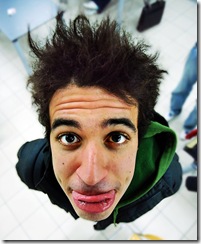
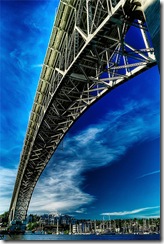
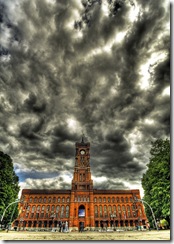
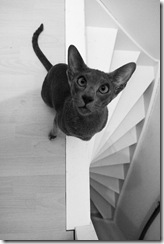
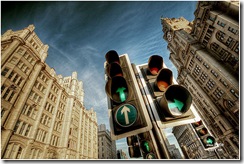
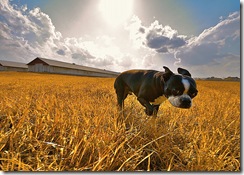
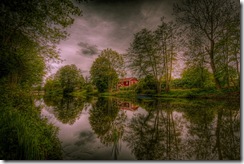
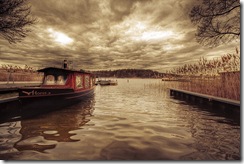
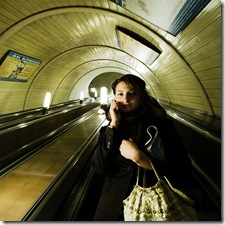
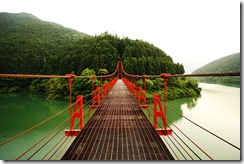
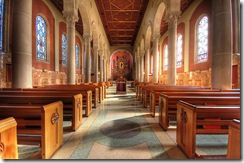
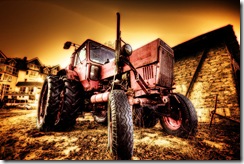

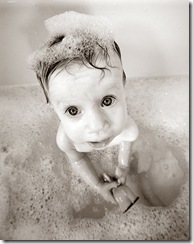
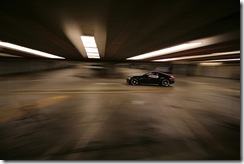 Car(2)
Car(2)
